5 Ways an Old HVAC System Is Costing You More
As a business owner, you always have your eye on the bottom line, and you know how much overhead — especially electricity bills — can make up your expenses. But you may be shocked to learn just how much your heating, ventilation, and air conditioning (HVAC) system accounts for that bill — nearly 40%. If you don't have a modern, efficient system, you could be wasting significant energy and throwing away more money than you need each month on electricity costs. If your bills are higher than they should be, it may be time to take a serious look at how well your HVAC system is working for you.
SEER rating
The Seasonal Energy Efficiency Ratio is the rate at which your air conditioning system produces cooling. It is calculated as the amount of cooling produced divided by the electricity used. A higher ratio means higher efficiency. You can usually spot the yellow and black EnergyGuide sticker on the outside of an appliance that will show its rating. If a SEER rating is less than 10, that indicates you have an older appliance. If you choose to upgrade from a SEER rating of below 10 to say, 13, you could see your energy consumption reduced by 35%.
How old is your unit?
To determine the date of your unit, look at the nameplate with the manufacture date, or if that's not available, the HVAC unit serial number. You can also call the manufacturer or do a quick Google search.
Additionally, if you see your energy usage spike and your bills increase when the temperature rises, your HVAC fuse might be inefficient. Heating and cooling again and again over time can cause the appliance to slowly break down and lose energy efficiency. Here are the many ways installing a new AC unit can save you money.
1. Efficiency
The fact is, if your air conditioner or heat pump was installed prior to January 2006, it could be costing you around 20% more to operate as opposed to more modern, highly efficient models. You may think you can't afford the HVAC line set replacement cost now but take a minute to think about how much you could be gaining. A new, modern HVAC system will instantly pay for itself by reducing energy consumption by as much as 20% to 40%, slashing your electricity bill by as much as 15%
2. Comfort
Besides improving efficiency, newer systems can improve indoor air quality and increase comfort levels. Modern systems contain more features than ever before, including air purifiers, programmable thermostats, and the ability to adjust temperatures zone by zone. They are also quieter than the loud, clunky models from past decades. All these features will increase comfort and improve the value of your business, all while saving you money on your bills.
3. Maintenance costs
If your HVAC unit has been repaired multiple times, it may also lose energy efficiency, especially if an experienced commercial HVAC repair specialist didn't handle the job. Not only are these newer models more efficient, but they won't require constant repairs, which will also save you money in the long run. New AC units are more compatible with modern energy management programs.
4. Time
You'll save money on maintenance expenses due to system warranties. You may be eligible to get rebates and incentives to offset the initial cost, too.
5. Other factors
Your energy bills are also affected by proper installation, correct equipment size, and the timing of the cooling cycle. You can talk to an experienced HVAC specialist about your system and its needs.
When you allow your old, outdated HVAC system to run, your monthly bills can compound, impacting your business's bottom line month after month. Think of installing a new HVAC system as a long-term investment in the health of your business. It's time to take a look at your system and consider the savings you could be missing out on.
Looking for commercial HVAC repair near you? Contact Gainesville Mechanical's friendly and experienced team to schedule an evaluation of your HVAC system and come up with a plan to help you lower your energy costs.
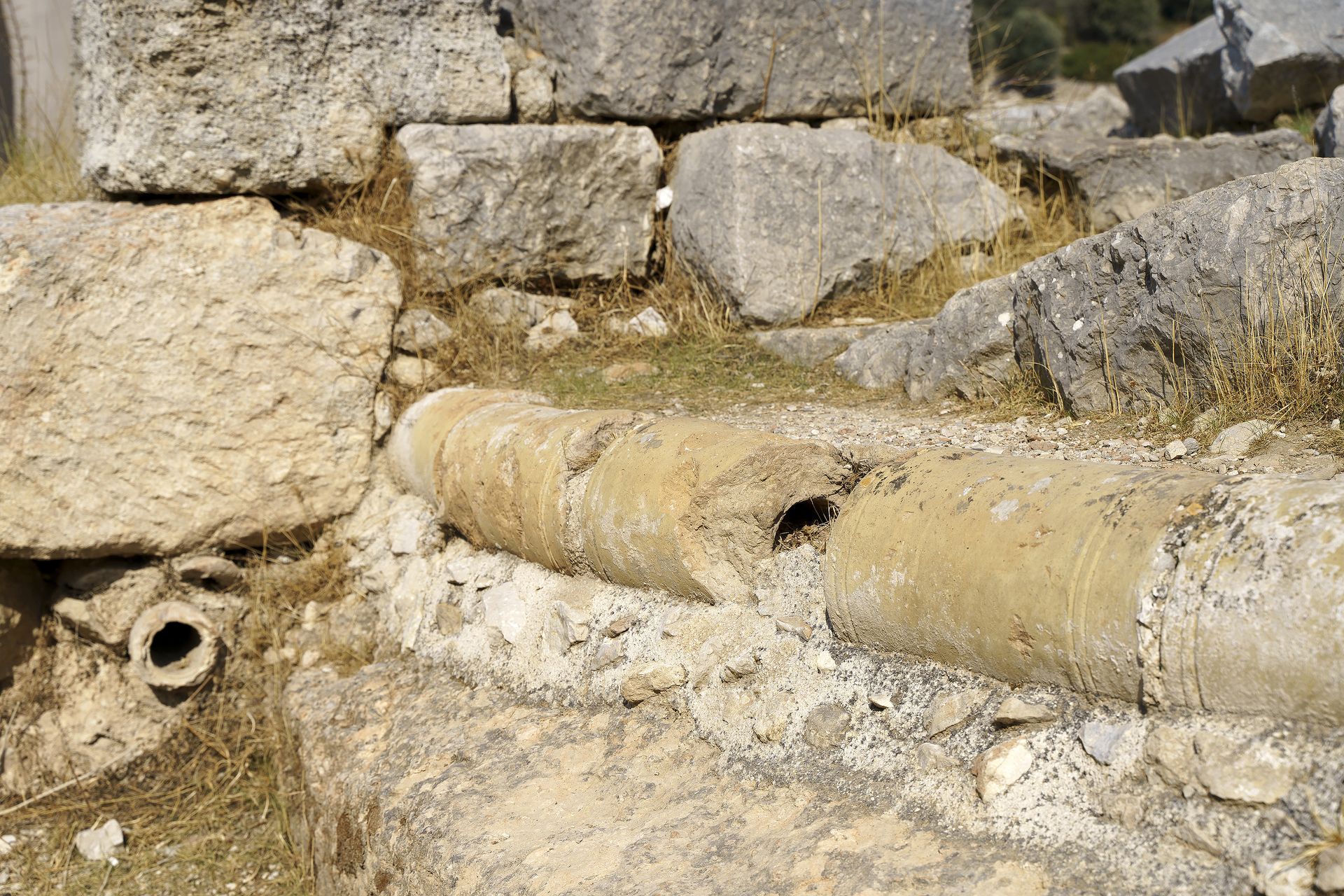
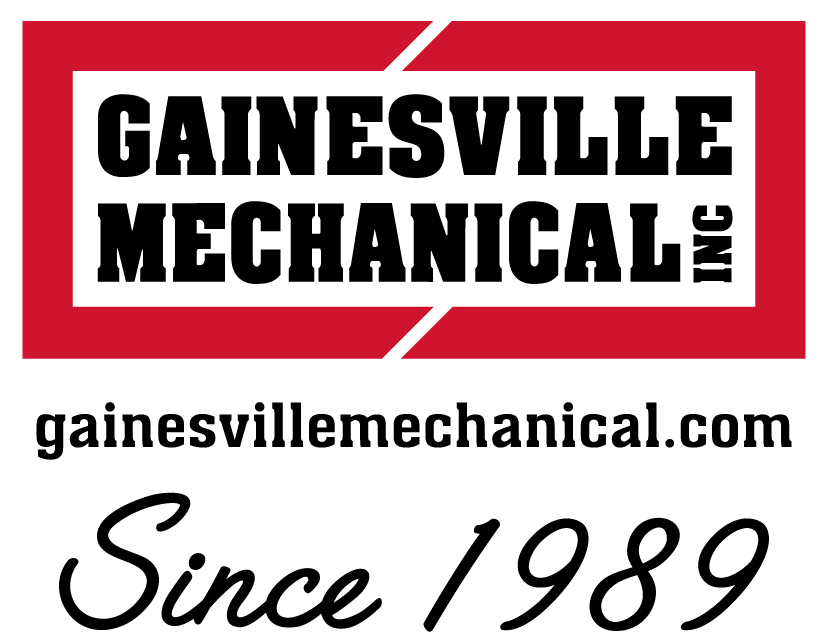
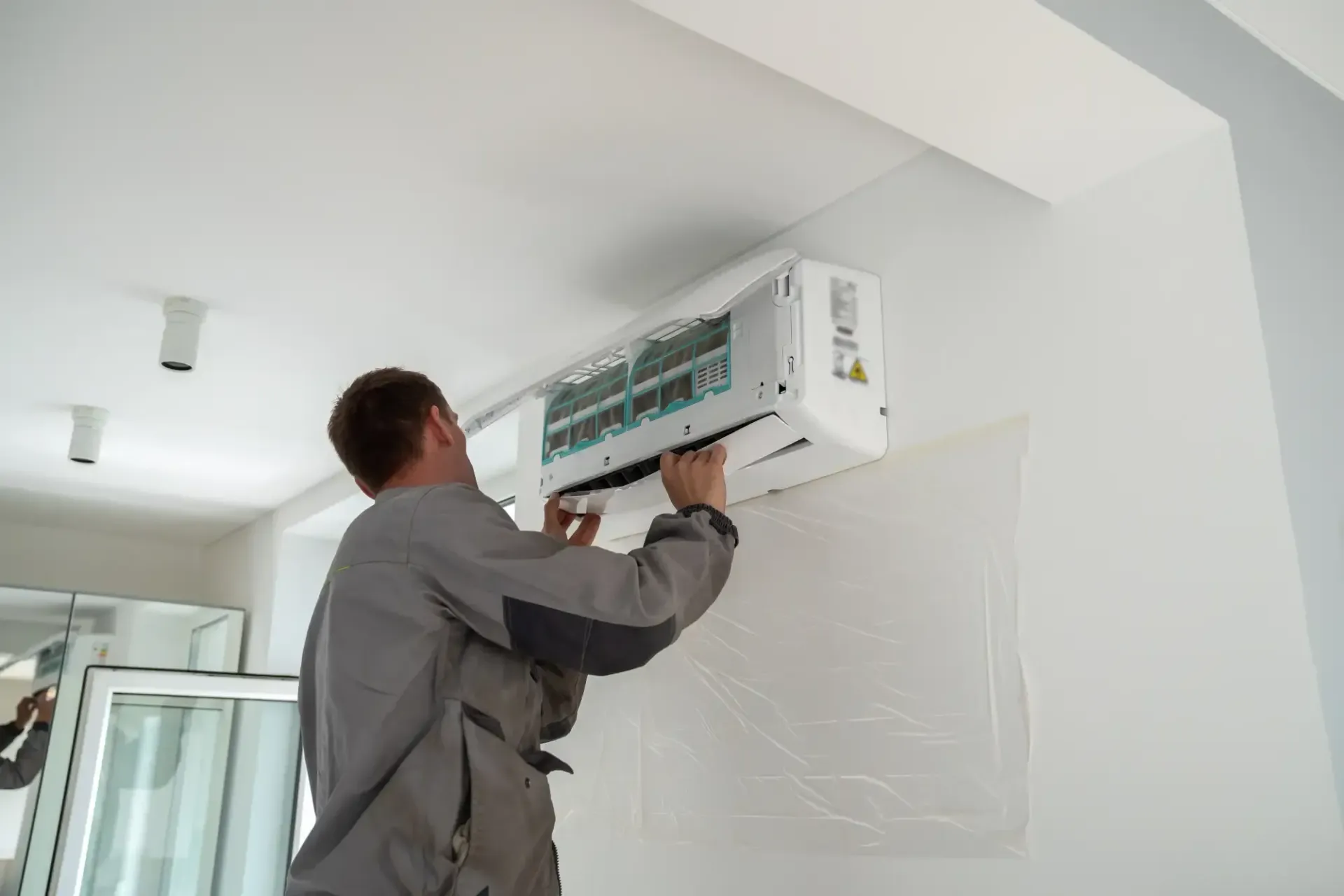
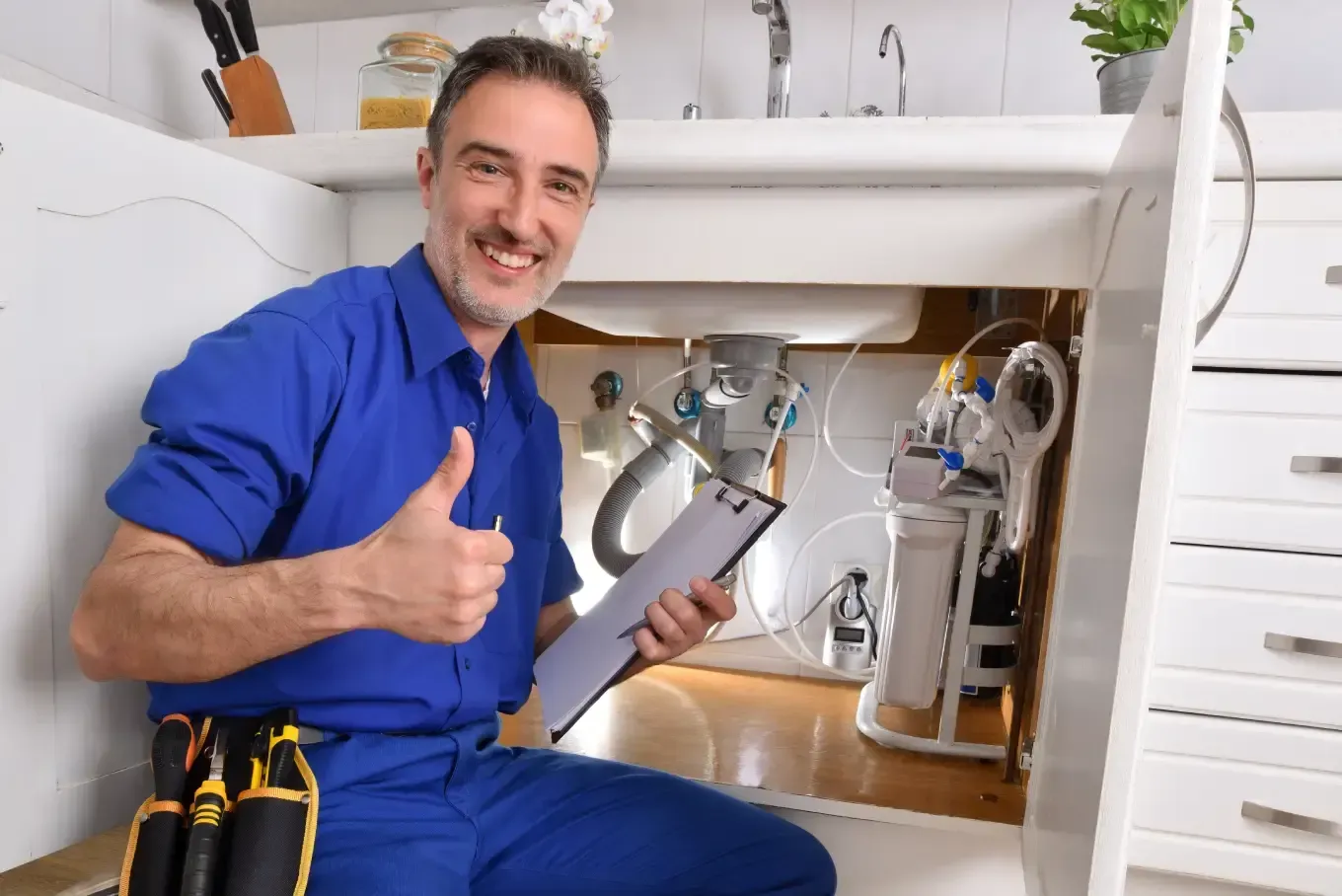

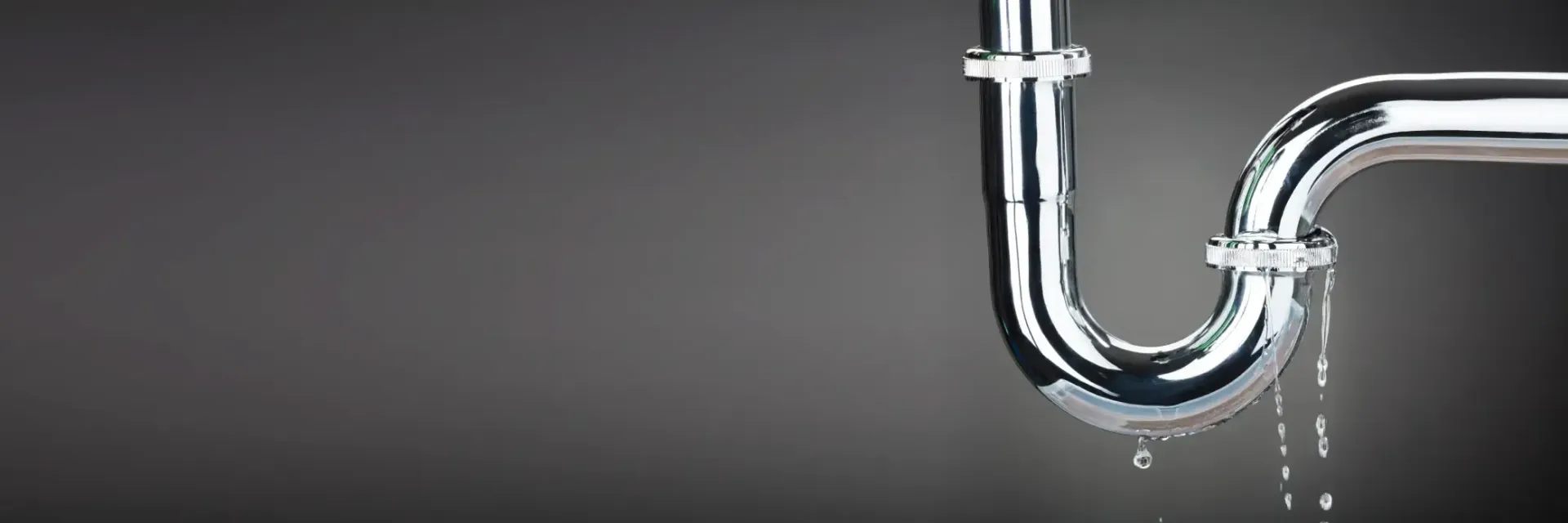

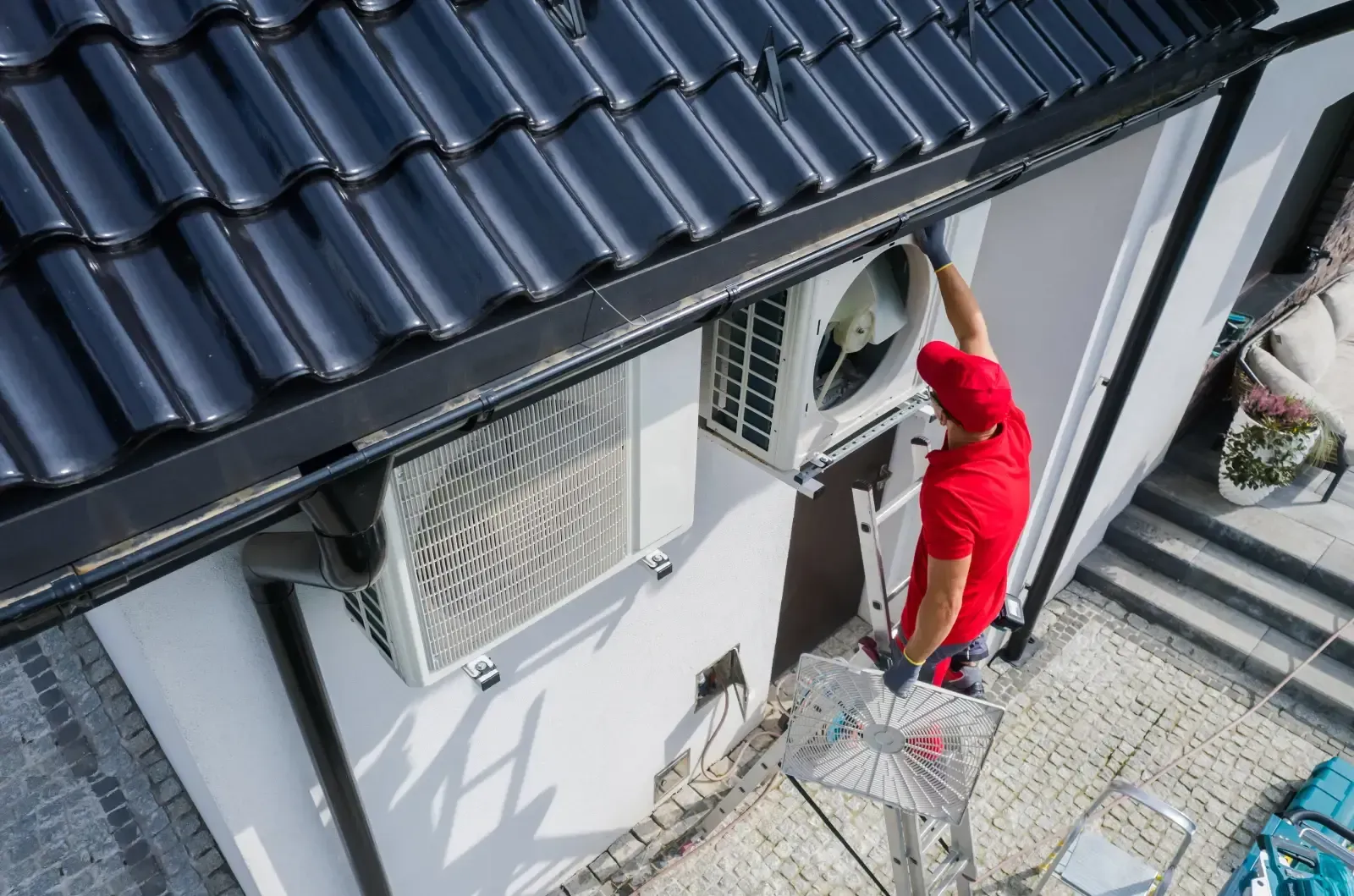
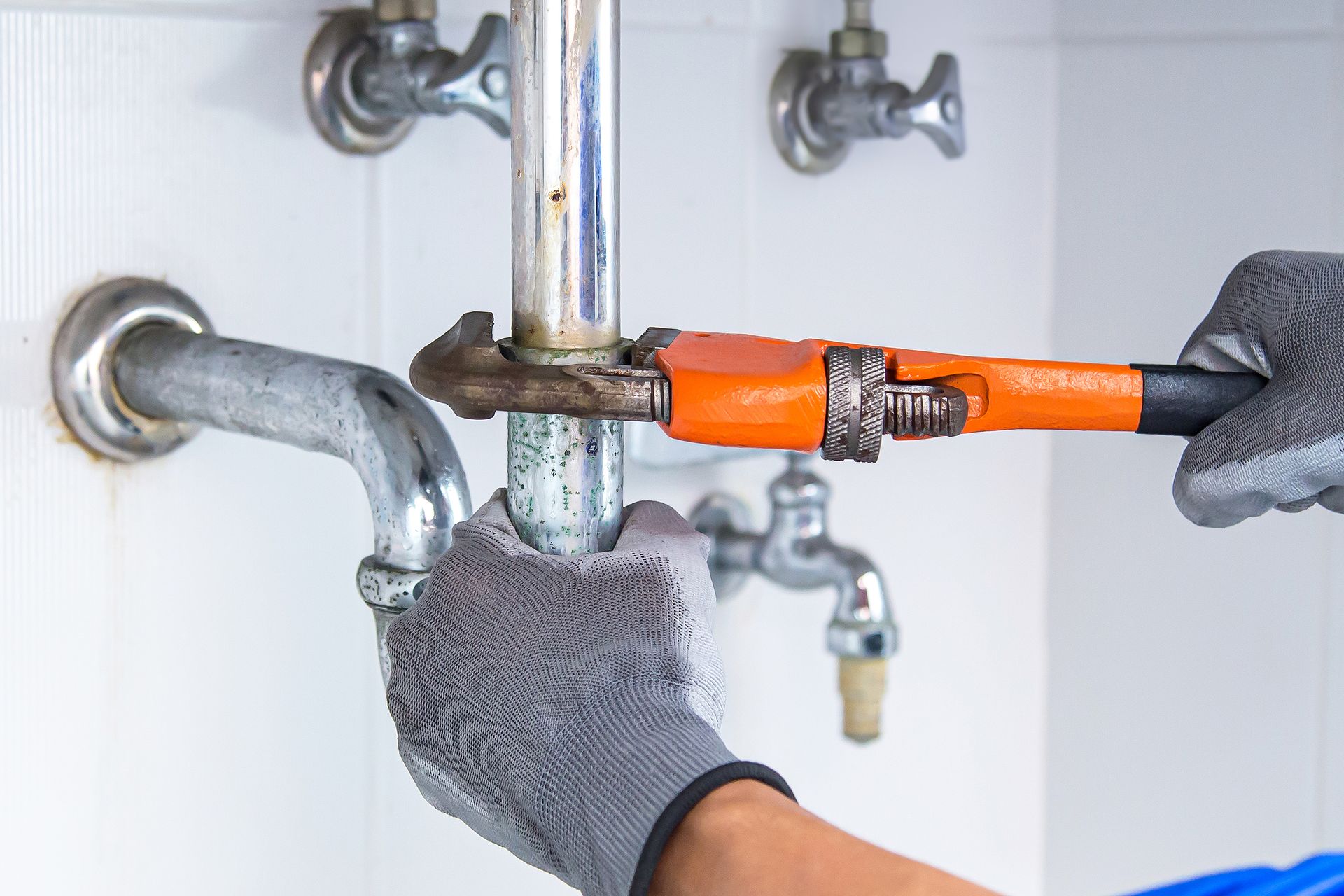
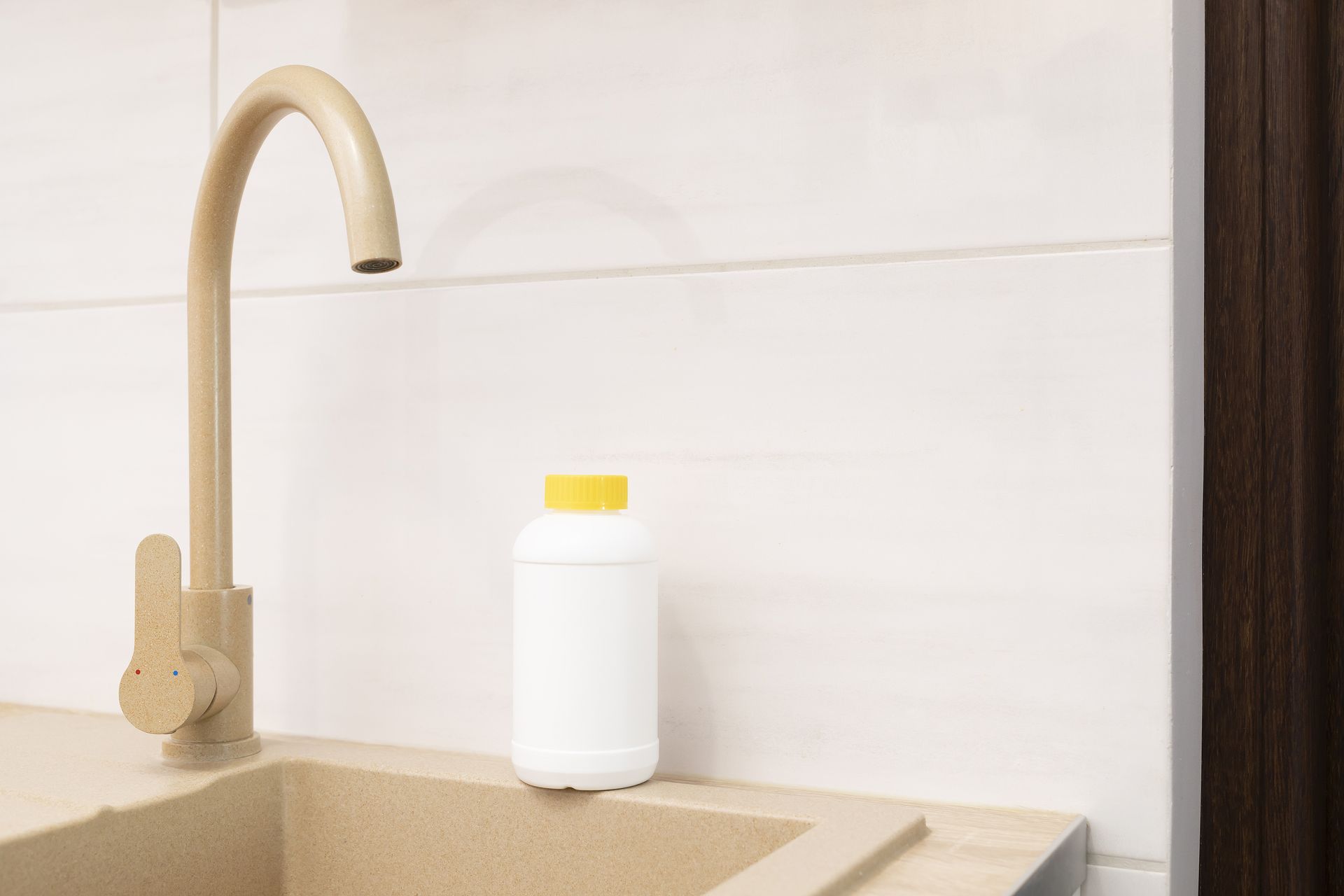
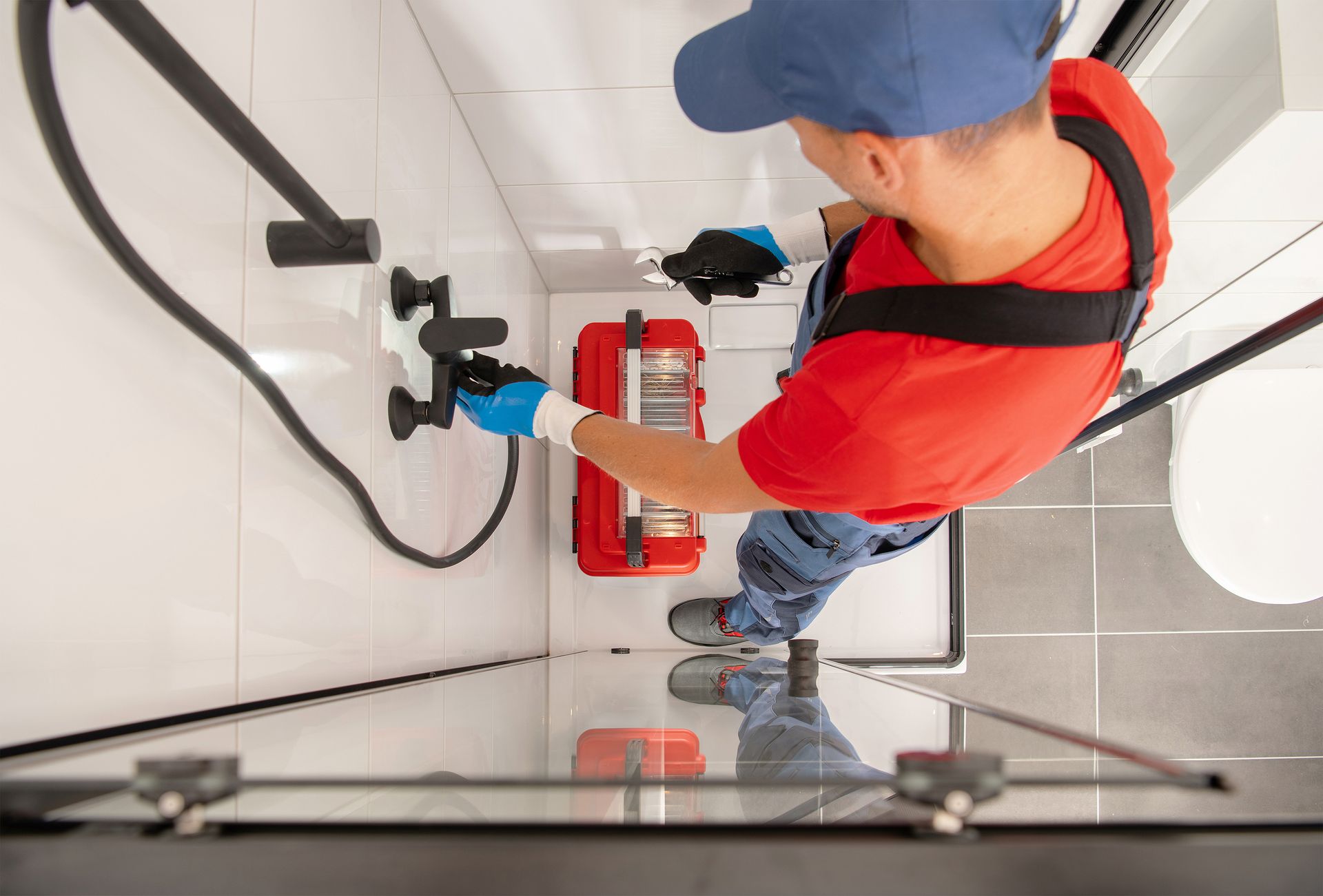
Share On: